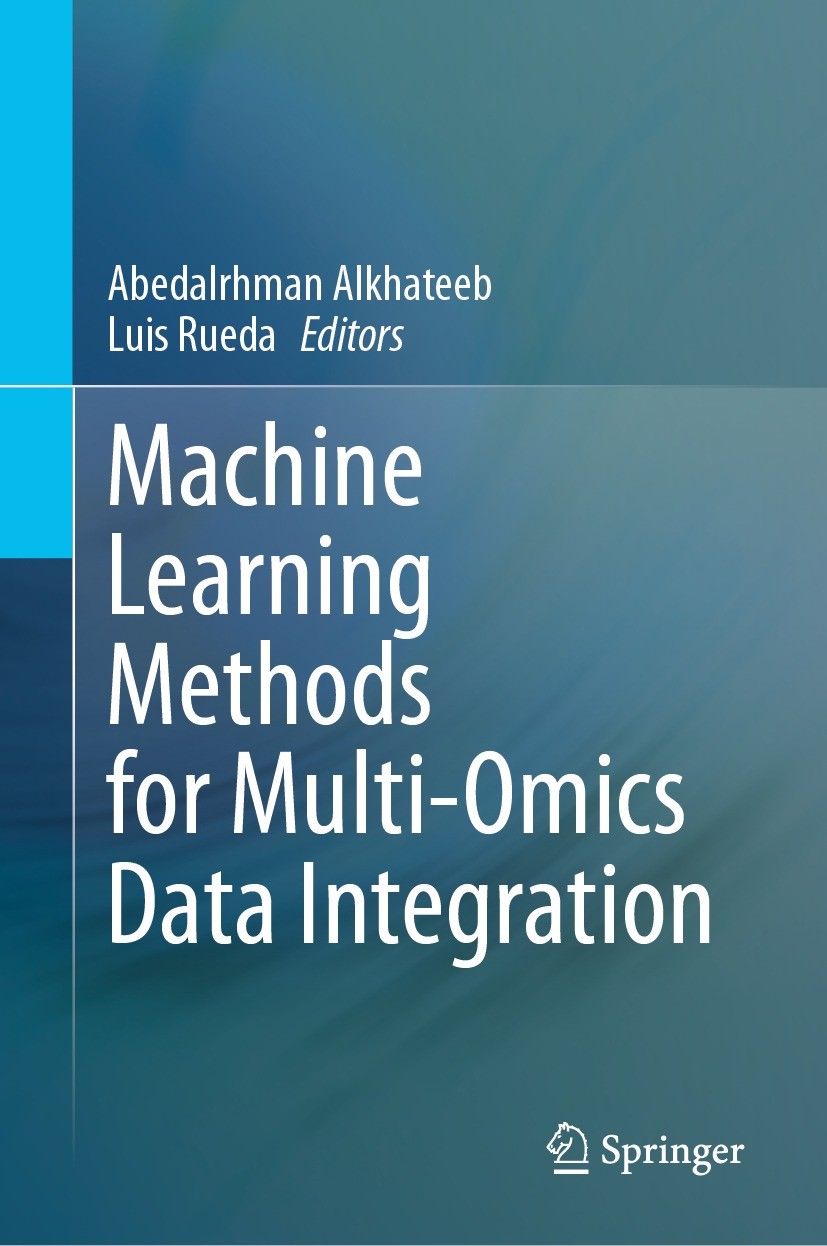| 書(shū)目名稱 | Machine Learning Methods for Multi-Omics Data Integration | | 編輯 | Abedalrhman Alkhateeb,Luis Rueda | | 視頻video | http://file.papertrans.cn/621/620406/620406.mp4 | | 概述 | The book provides practical guidance on the implementation of machine learning methods.Its emphasis on reproducibility, transparency, and open databases and repositories facilitate replication.Special | | 圖書(shū)封面 |  | | 描述 | .The advancement of biomedical engineering has enabled the generation of multi-omics data by developing high-throughput technologies, such as next-generation sequencing, mass spectrometry, and microarrays. Large-scale data sets for multiple omics platforms, including genomics, transcriptomics, proteomics, and metabolomics, have become more accessible and cost-effective over time. Integrating multi-omics data has become increasingly important in many research fields, such as bioinformatics, genomics, and systems biology. This integration allows researchers to understand complex interactions between biological molecules and pathways. It enables us to comprehensively understand complex biological systems, leading to new insights into disease mechanisms, drug discovery, and personalized medicine. Still, integrating various heterogeneous data types into a single learning model also comes with challenges. In this regard, learning algorithms have been vital in analyzing and integratingthese large-scale heterogeneous data sets into one learning model. ..This book overviews the latest multi-omics technologies, machine learning techniques for data integration, and multi-omics databases for v | | 出版日期 | Book 2024 | | 關(guān)鍵詞 | Multi-omics data integration; machine learning; bioinformatics; bioinformatics; proteomics; cancer biomar | | 版次 | 1 | | doi | https://doi.org/10.1007/978-3-031-36502-7 | | isbn_softcover | 978-3-031-36504-1 | | isbn_ebook | 978-3-031-36502-7 | | copyright | The Editor(s) (if applicable) and The Author(s), under exclusive license to Springer Nature Switzerl |
The information of publication is updating

|
|
 |Archiver|手機(jī)版|小黑屋|
派博傳思國(guó)際
( 京公網(wǎng)安備110108008328)
GMT+8, 2025-10-12 23:42
|Archiver|手機(jī)版|小黑屋|
派博傳思國(guó)際
( 京公網(wǎng)安備110108008328)
GMT+8, 2025-10-12 23:42


